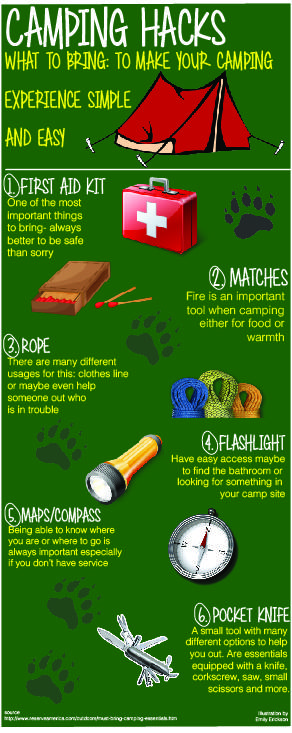Work At Your Own Time Selling Camping Tents
Work At Your Own Time Selling Camping Tents
Blog Article
How to Choose a Camping Tent Impact
Whether you need a camping tent footprint depends upon where and just how often you will be camping. The footprints used by the maker of your outdoor tents are usually a good choice but they can be costly and heavy (the NEMO Hornet Dragonfly 2P footprint evaluates 6.9 oz).
Do wall tents have floors?
You can likewise make your very own do it yourself outdoor tents impact from economical, durable material such as a tarpaulin groundsheet. Nevertheless, a DIY footprint may not be perfect for keeping your tent clean of mud or tree sap.
Dimension
An outdoor tents impact is basically a sheet that goes under your outdoor tents. It shields the ground below your outdoor tents from unpleasant things, and it maintains all-time low of your camping tent clean and dry. It also reduces the amount of heat shed to the ground while you rest, and it can aid secure your camping tent from wetness.
The best tent footprints are sized specifically to match the flooring room of your outdoor tents. They are normally made from a resilient, water resistant material like polyurethane or nylon. Nguyen recommends picking an impact with a denier ranking of 250 or greater for maximum resilience.
Numerous outdoor equipment firms offer their own branded outdoor tents impacts that are created to fit effortlessly with the matching tent. However, these can be fairly pricey and contribute to the overall weight of your backpacking setup. For these factors, we normally recommend using a do it yourself choice instead.
Material
An outdoor tents impact keeps the floor of your sanctuary clean, specifically if you are camping in locations with a lot of rain. It can additionally aid avoid water from pooling up below your camping tent which could leakage right into the tent itself.
The material made use of in a camping tent footprint differs, however the most usual is an easy-to-clean and long lasting polyurethane or polyester material. Some come with a sack to divide them from your gear when not in use.
Some backpackers pick to make their own DIY impacts out of Tyvek home wrap or Polycryo home window insulation diminish film. This is commonly a more affordable and lighter option than acquiring a maker particular one. It's important to keep in mind, nevertheless, that a DIY impact will not protect versus punctures or abrasions along with a high quality tent floor covering. If you are utilizing a homemade impact, make sure to roll up the edges so it does not collect water. If you're bothered with this, think about upgrading to an extra sturdy alternative like the ones made by makers.
Waterproofness
A tent impact adds an added layer of waterproofing below your tent, which secures against pools that may collect underneath your sanctuary. This can make your camping experience a lot more comfortable, particularly on wet ground, where you may otherwise awaken cranky and damp from water dripping into your outdoor tents.
Tent impacts are frequently made particularly for the outdoor tents design they're planned to go along with, which makes certain a great fit and a strong waterproof seal. Nonetheless, they're also readily available as generic items that can be reduced to size with scissors or a blade.
Footprints made from high-denier textiles like Tyvek and Polycryo are generally a lot more expensive than those made from a reduced denier fabric, such as nylon. Whether the greater cost deserves the added waterproofing is up to you.
Weight
A camping tent impact is a cot bed thin sheet of polyurethane, nylon or polyester that sits in between your shelter and the ground when camping. It's made to protect your camping tent from unpleasant aspects like rugged rocks, branches and gritty surfaces, clarifies Elizabeth Nguyen, a senior sales expert at REI in Atlanta.
Nguyen claims most outdoor equipment suppliers provide their very own branded camping tent impacts that are designed to fit perfectly with their marked tents, adding satisfaction and convenience. But these top quality impacts often tend to be thicker and heavier than do it yourself choices that are readily available on the market, so they're worth a better look when searching.
If you're on a budget plan or are focusing on weight, it's very easy to make your own camping tent impact making use of simple materials that can be discovered at most equipment or do it yourself stores. This choice is preferred amongst ultralight backpackers and long-distance hikers to save money and preserve weight where feasible. It's also worth noting that a lot of outdoors tents are now developed with a sewn-in groundsheet, so a camping tent impact might be unneeded in these instances.
Where do you get glamping?
